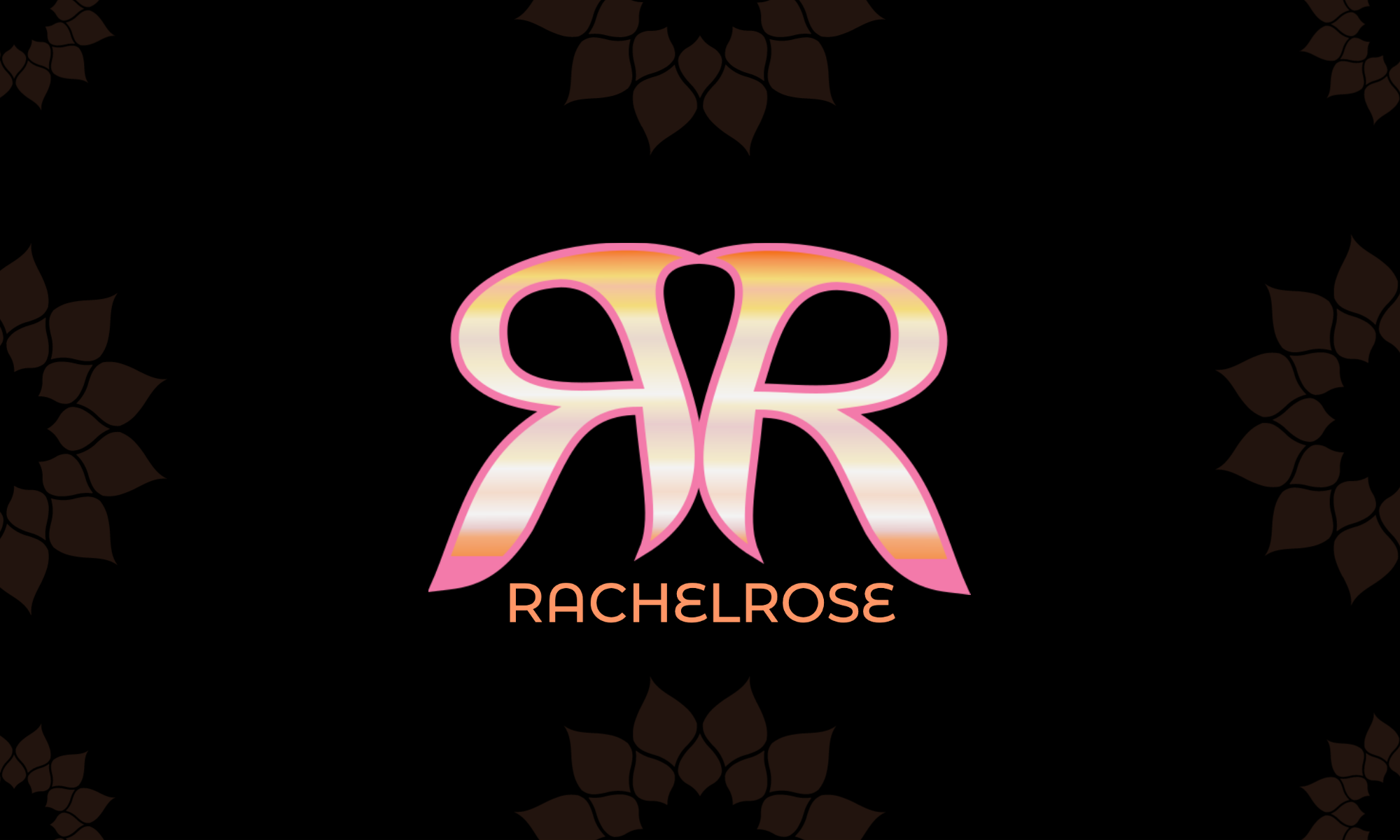Table de contenidos

El estrés y la música: introducción
Muchas personas, tal vez incluso tú, sufren de un exceso de tensión nerviosa. Quizás te preguntes qué hacer. Escuchar tu canción favorita es divertido y puede ayudarte a controlar pensamientos ansiosos. Si alguna vez te has preguntado “¿cómo ayuda la música con el estrés?”, sigue leyendo. Haré todo lo posible para explicarlo.
Tipos de estrés
Vamos a comenzar por comprender el concepto de estrés. Normalmente, pensamos en el estrés como algo negativo. “Angustia”. Sin embargo, el estrés también puede ser positivo. “Eustrés”. La presión justa puede ser un poderoso motor que nos impulsa a completar tareas y lograr nuestras metas. Este precioso vídeo de Anne-Laure Le Cunff te ayudará a comprender la diferencia entre angustia y eustrés. La conclusión: no todo el estrés es malo. Pero un exceso de estrés puede tener consecuencias negativas.
En esta publicación, me centraré en la angustia o estrés negativo. Mi próxima publicación analizará la relación entre el estrés y la música en el sentido positivo. Para que no te pierdas nada, ¿por qué no añades la página de mi blog a favoritos?
¿Cómo ayuda la música con el estrés?
El estrés y la música afectan a nuestras emociones y bienestar. Tienen efectos casi opuestos. La música posée el poder de levantarnos el ánimo, evocar recuerdos e incluso ayudarnos a relajarnos. La música puede ser una herramienta poderosa para ayudarnos a afrontar las presiones de la vida cotidiana. Pero, el estrés y la música.
Estoy estudiando Neuromúsica, por lo que es importante para mí comprender la base científica de la capacidad de la música para ayudar a controlar el estrés.
Se dice que 60 BPM es lo mejor para descansar.
Frecuencia cardíaca y presión arterial.
Un estudio de la Universidad de Stanford sugiere que una frecuencia de 60 BPM es ideal para relajarse y reducir el estrés. No he podido encontrar la fuente (enlace) de esa afirmación tantas veces repetida. Sin embargo, encontré un estudio de investigación (en inglés) de la India que investiga cómo la música ayuda con el estrés. El estudio compara los efectos de la música rápida y lenta en el ritmo cardíaco y la presión arterial. La conexión entre la música y el estrés puede estar influenciada por cómo la frecuencia cardíaca y la presión arterial en la arteria carótida se relacionan entre sí.
There was a decrease in the mean of both the systolic and diastolic blood pressures of the subjects on listening to slow music, which was found to be statistically significant. This may be due to modulation of the cardiac autonomic nervous system by stimulation in the form of auditory input
https://www.ijpp.com/IJPP%20archives/2017_61_4/445-448.pdf
Otras formas en que la música puede ayudar con el estrés.
Liberación de dopamina
El estrés y la música están relacionadas al nivel fisiolócio porque la música activa la liberación de sustancias químicas en el cerebro que nos ayudan a relajarnos, como la dopamina.
Reducción de la percepción del dolor.
El estrés fisiológico está asociado con la liberación de varios neurotransmisores. Las personas con estrés crónico sufren emociones negativas como preocupación, rencor, ira o miedo. Con frecuencia, las personas estresadas sienten poca o ninguna alegría y obtienen poco placer de la vida.
Un estudio reciente encontró que escuchar música puede ayudar a reducir la intensidad con la que sentimos el dolor.
Promueve la calma
La música tranquila y sin letras, como la música clásica o ambiental, ayuda a calmar y disminuir la ansiedad.
La distracción sana
La música también sirve como una distracción de nuestros factores estresantes. Enfocarse en la melodía, el ritmo y la letra nos ayuda a aliviar el estrés y encontrar consuelo en la música. La música ayuda a relajarnos y contrarrestar los efectos del estrés. Asistir a conciertos de música en vivo es muy social y se sabe que tener relaciones sociales saludables es muy importante para nuestra salud.
Canalizar las emociones
El estrés y la música están relacionadas también al nivel emocional. Tocar un instrumento, cantar o bailar también puede ayudar a reducir el estrés. Participar en estas actividades puede ayudar a canalizar nuestras emociones y proporcionar una salida creativa para la auto-expresión.
Learning to play a musical instrument provides a peaceful retreat from the pressures of daily life. Therapeutic outcomes of playing music include better communication skills, improved emotional release, and decreased anxiety and agitation. Musical training promotes cognitive function, mental health, and a connection to others.
Resumiendo
En general, incorporar música a nuestra rutina diaria puede desempeñar un papel importante en el manejo del estrés. La música tiene el poder de calmar nuestra mente y aliviar las presiones de la vida. Puedes disfrutarlo de muchas maneras, como crear listas de reproducción, ir a conciertos en vivo o simplemente tomarte un momento para escuchar música relajante.
El estrés y la música tienen papeles muy importantes en nuestro bienestar diario. Se complementan y se oponen. Para reducir el estrés, es importante elegir una buena banda sonora para nuestra vida. Podemos incorporar música en nuestros pasatiempos y actividades sociales. Además, escuchar canciones relajantes con un ritmo de aproximadamente 60 BPM puede ayudarnos a combatir los efectos negativos del estrés.
¿La canción más relajante?
Weightless de Marconi Union está destinada a ser la canción más relajante del mundo. Escúchalo y decide por ti mismo.
Masaje cerebral con música 8-D



















